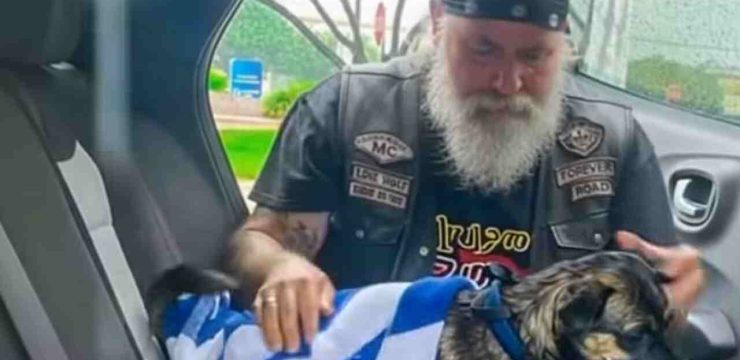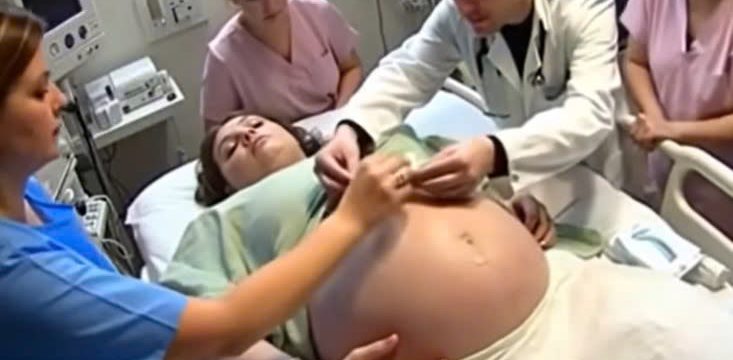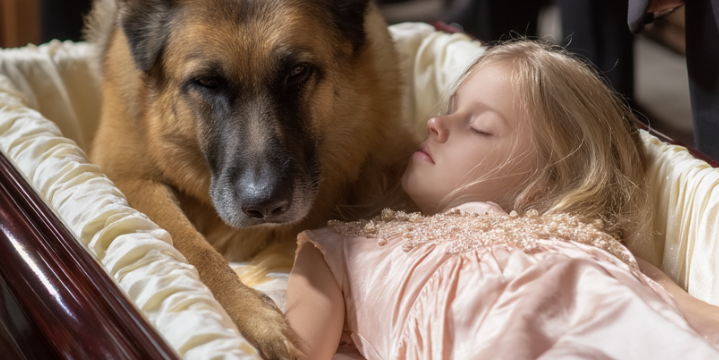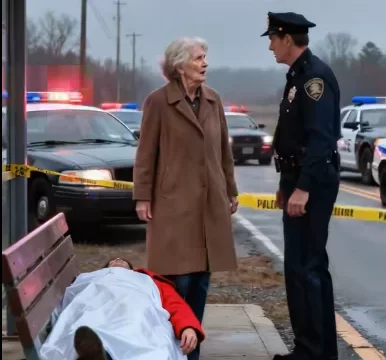In a quiet neighborhood where the sound of birds usually marked the start of each morning, a small cardboard box sat unnoticed by the gate of an apartment complex. Inside that box was Kaefsi — a frail, trembling dog whose life had been reduced to a struggle for survival. His body was emaciated, little more than skin and bone, and his fur was so matted that it looked like a thick shell covering his delicate frame. Every inch of him told a story of neglect. Beneath the tangles of hair were scars, dried wounds, and tiny insects crawling on his skin. The sight alone broke the hearts of those who found him. He didn’t bark or even move; he simply looked up with dull, weary eyes that seemed to ask why the world had been so unkind.
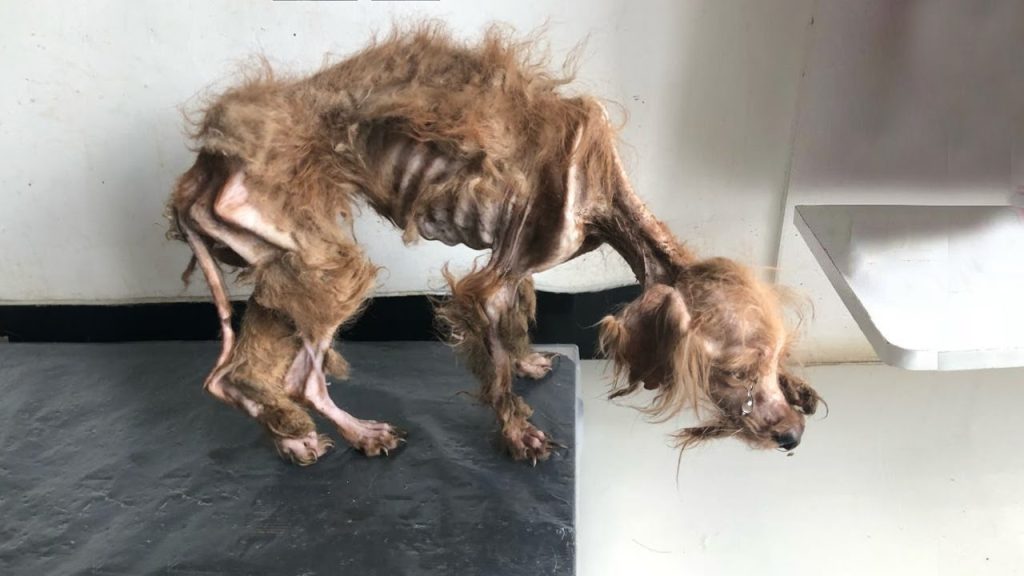
The people who discovered Kaefsi knew they had to act fast. They gently lifted him from the box, careful not to startle or hurt him further, and rushed him to the nearest veterinary clinic. The veterinarians there were stunned. Kaefsi weighed barely eight pounds — about half of what a healthy dog his size should. His dehydration was severe, and his blood tests revealed dangerously low red blood cell levels. His hematocrit — the measure of how much of his blood is made up of red cells — was just 5%, an almost critical number that could have cost him his life if help had come any later.
As the veterinarians began shaving off his dirty, tangled fur, they uncovered the full extent of his suffering. Beneath the coat, his skin was riddled with sores — evidence that he had been kept in a confined space for far too long, likely without the ability to move freely. Every mark, every bruise, whispered the same truth: Kaefsi had endured unimaginable hardship.
But even in his weakened state, something in Kaefsi refused to give up. His body may have been failing, but his spirit wasn’t broken. The medical team quickly began intensive care, giving him fluids and multiple blood transfusions to stabilize his fragile condition. For hours, the clinic stayed quiet except for the steady rhythm of the machines keeping him alive. Slowly, the change began. His gums, once pale, started to turn pink again. His breathing steadied. By the next day, his eyes, which had once seemed empty, now carried a faint spark of life.
The recovery was far from easy. Every day brought new challenges — some physical, others emotional. Kaefsi had to learn to trust people again. The veterinarians and volunteers took turns sitting beside his kennel, offering him food and gentle words. At first, he hesitated to eat, too afraid to reach for the bowl placed in front of him. But eventually, hunger and hope overcame fear. The first time he wagged his tail, even just slightly, it brought tears to the eyes of everyone in the room. It was as if that tiny motion declared, “I want to live.”
Weeks passed, and Kaefsi grew stronger. His fur began to grow back, soft and shiny this time, and his ribs were no longer visible beneath his skin. The timid dog who once couldn’t lift his head was now walking with cautious steps around the shelter yard. The caregivers couldn’t believe the transformation. He started to play, gently at first — a small nudge here, a curious sniff there — and soon, he was running after toys like any healthy pup. His energy was infectious, filling the shelter with warmth and joy.
What touched everyone the most was Kaefsi’s kindness. Despite all the pain he had endured, he greeted every person with a wag of his tail and a look of quiet gratitude. He loved being cuddled and would often rest his head on the hands of the volunteers, closing his eyes as if savoring every second of affection. There was no anger or fear left in him — only trust and a deep desire to connect.
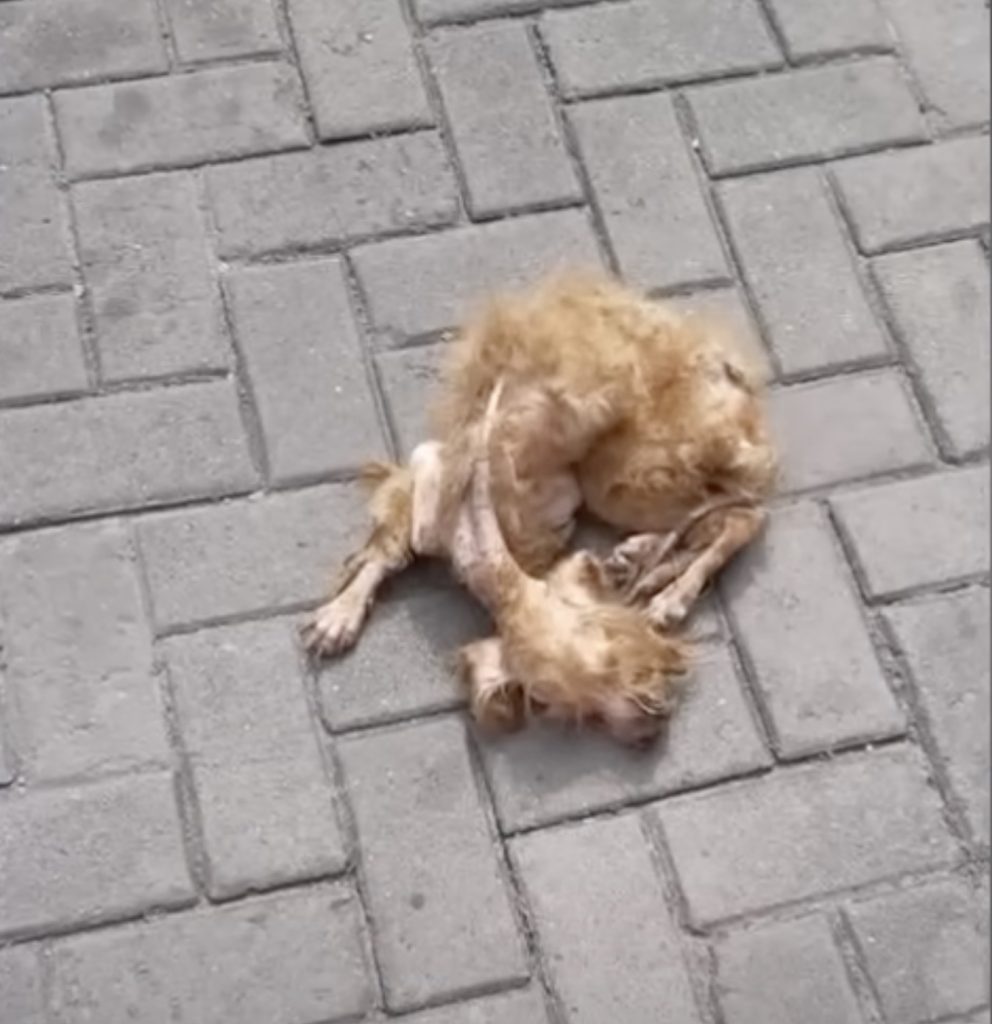
News of his incredible recovery spread quickly. People from the community visited the shelter, bringing treats, toys, and donations to support his care. Many were moved by his story — a reminder that love and compassion could heal even the deepest wounds. One day, a family came to meet him. They had seen his story online and couldn’t stop thinking about him. When Kaefsi approached them, his tail wagging gently, it was clear that something special had happened. The connection was instant. The children knelt down, petting him softly, and Kaefsi responded by licking their hands as if to say, “I’m ready to belong again.”
The adoption process didn’t take long. The family knew in their hearts that Kaefsi was meant to be part of their lives. When they took him home, everyone at the shelter gathered to say goodbye. Some cried, others smiled through tears — but all felt joy knowing that Kaefsi’s journey had finally led to love and safety.
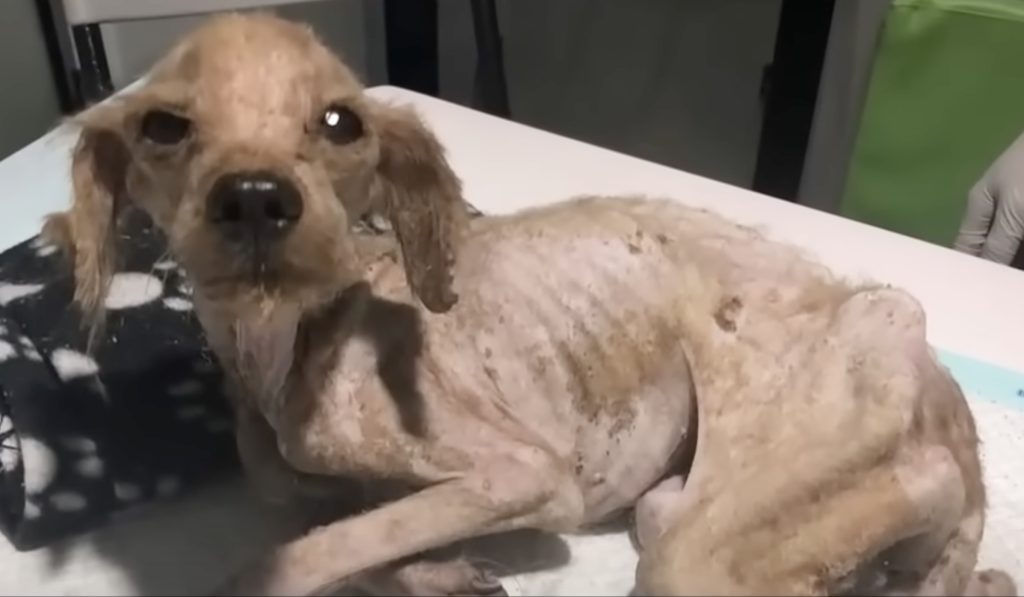
In his new home, Kaefsi thrived. His days were now filled with walks in the park, naps on soft blankets, and the comforting laughter of his family. He had a warm bed by the window where he could watch the world outside, the same world that had once been so cruel but now offered him peace. Every morning, he greeted his humans with excitement, his tail thumping against the floor like a heartbeat of happiness.
It’s almost hard to believe that the joyful, healthy dog running through the yard was once the same creature found in that forgotten box. His transformation stands as a living proof that every life has value — that kindness can rewrite even the saddest stories. Kaefsi’s scars will never completely fade, but they are now a symbol of resilience, not suffering.
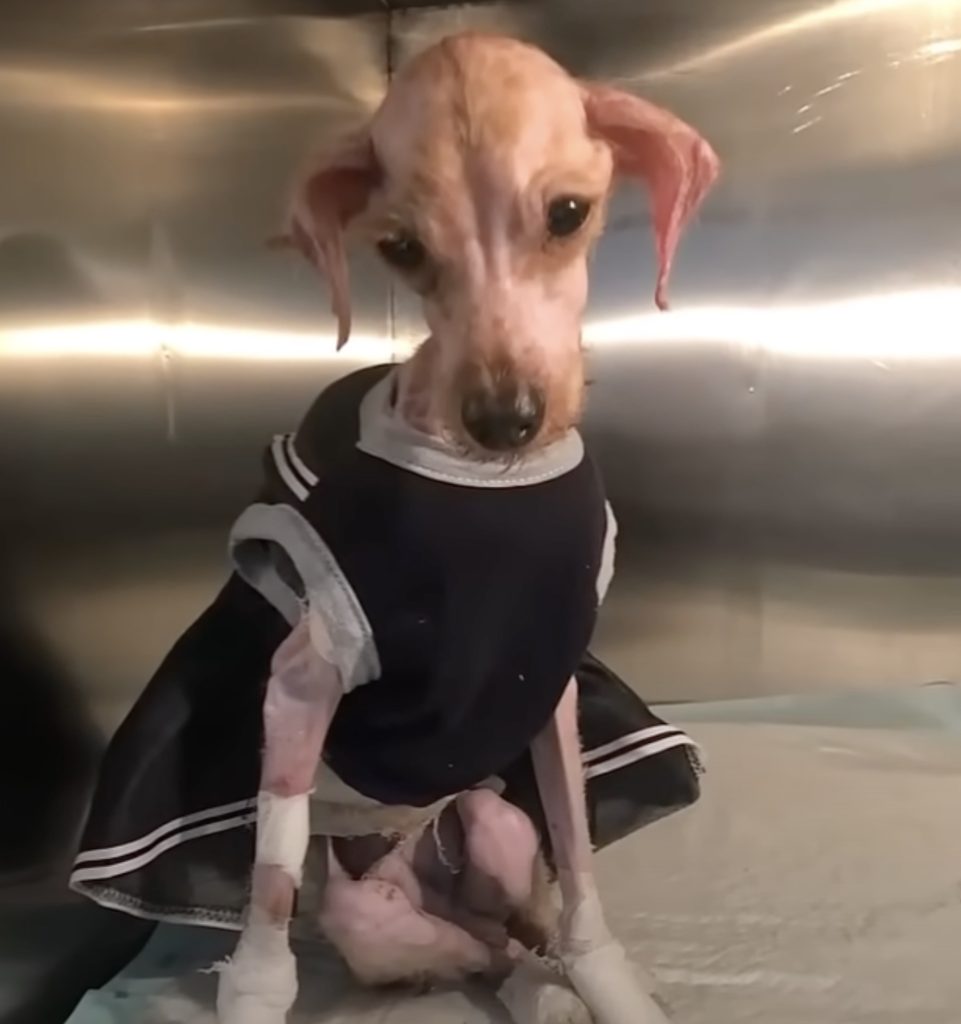
His rescuers often visit him, and every time they do, Kaefsi greets them with that same radiant joy, as if to say thank you once more. For them, his story is a reminder of why compassion matters — because it can turn despair into hope, loneliness into love, and a discarded life into a story worth telling.
Kaefsi’s journey is more than just a rescue tale. It’s a testament to the power of empathy, a call to never look away when we see suffering, and a promise that even the smallest act of kindness can change a life forever. He may have started as a victim of neglect, but he became a symbol of recovery, faith, and second chances — proof that love, when given freely, can perform miracles.
